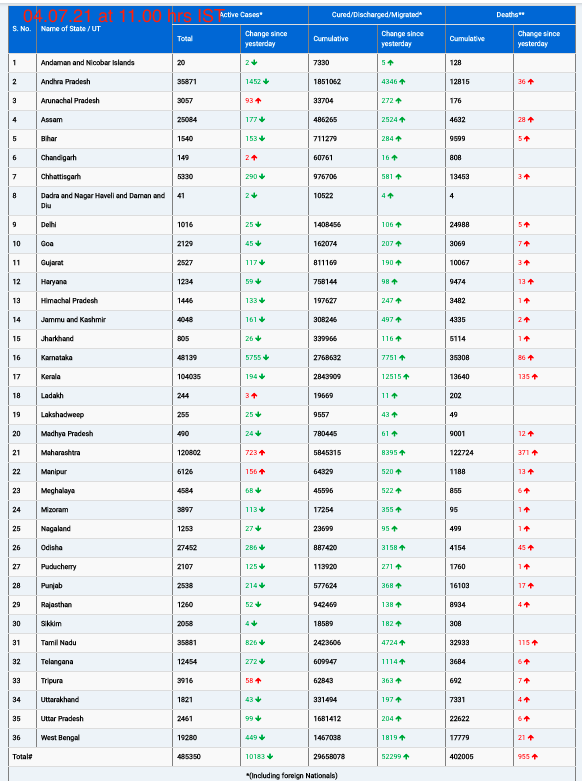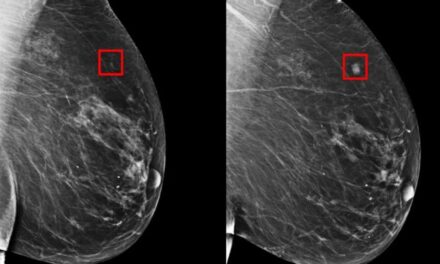A new analysis of existing research suggests that resistance exercise, such as weightlifting or bodyweight exercises, may be the most effective form of physical activity for combating insomnia in older adults. The findings were published in the open-access journal Family Medicine and Community Health.
Insomnia affects up to one in five older adults, leading to serious health complications, cognitive impairment, and decreased productivity. While previous studies have established that exercise can improve sleep quality, it has remained unclear which type of exercise is most beneficial.
Research Findings
To address this question, researchers analyzed data from 24 clinical trials involving 2,045 adults aged 60 and older, with an average age of 70. These studies spanned multiple regions, including Asia, North America, South America, and Europe, with some conducted in nursing home settings.
The types of exercise examined included:
- Aerobic exercise (e.g., brisk walking, cycling, swimming, dancing, and gardening)
- Resistance training (e.g., weightlifting, push-ups, planks)
- Balance exercises (e.g., step-ups, heel-to-toe walking)
- Flexibility exercises (e.g., yoga, Pilates, gymnastics)
- Combination exercises (a mix of different exercise types)
The analysis primarily focused on aerobic and combination exercise, as there were not enough studies on the other exercise types.
Key Results
- Strength/resistance training yielded the most significant improvement, enhancing sleep quality scores by 5.75 points on the Global Pittsburgh Sleep Quality Index (GPSQI).
- Aerobic exercise improved scores by 3.76 points.
- Combination exercise improved scores by 2.54 points.
- Sleep education, while beneficial, was not as effective as resistance training.
Exercise sessions lasted an average of 50 minutes, occurring two to three times per week over 14 weeks. The intensity of these workouts ranged from mild to moderate.
Considerations and Implications
Researchers noted variations in study designs and methodologies, with some studies lacking details on exercise intensity. Additionally, certain exercises may pose challenges for older individuals with limited mobility. Despite these limitations, the study concludes that both resistance and aerobic exercise significantly enhance sleep quality at a clinically meaningful level compared to normal daily activities.
Conclusion
The findings highlight resistance training as a particularly effective tool for managing insomnia in older adults. Given the widespread prevalence of sleep disturbances in this age group, incorporating structured exercise routines could provide a non-pharmacological solution to improving sleep and overall well-being.
Disclaimer: This article is based on published research and is intended for informational purposes only. Individuals should consult healthcare professionals before beginning any new exercise regimen, especially those with pre-existing health conditions.












